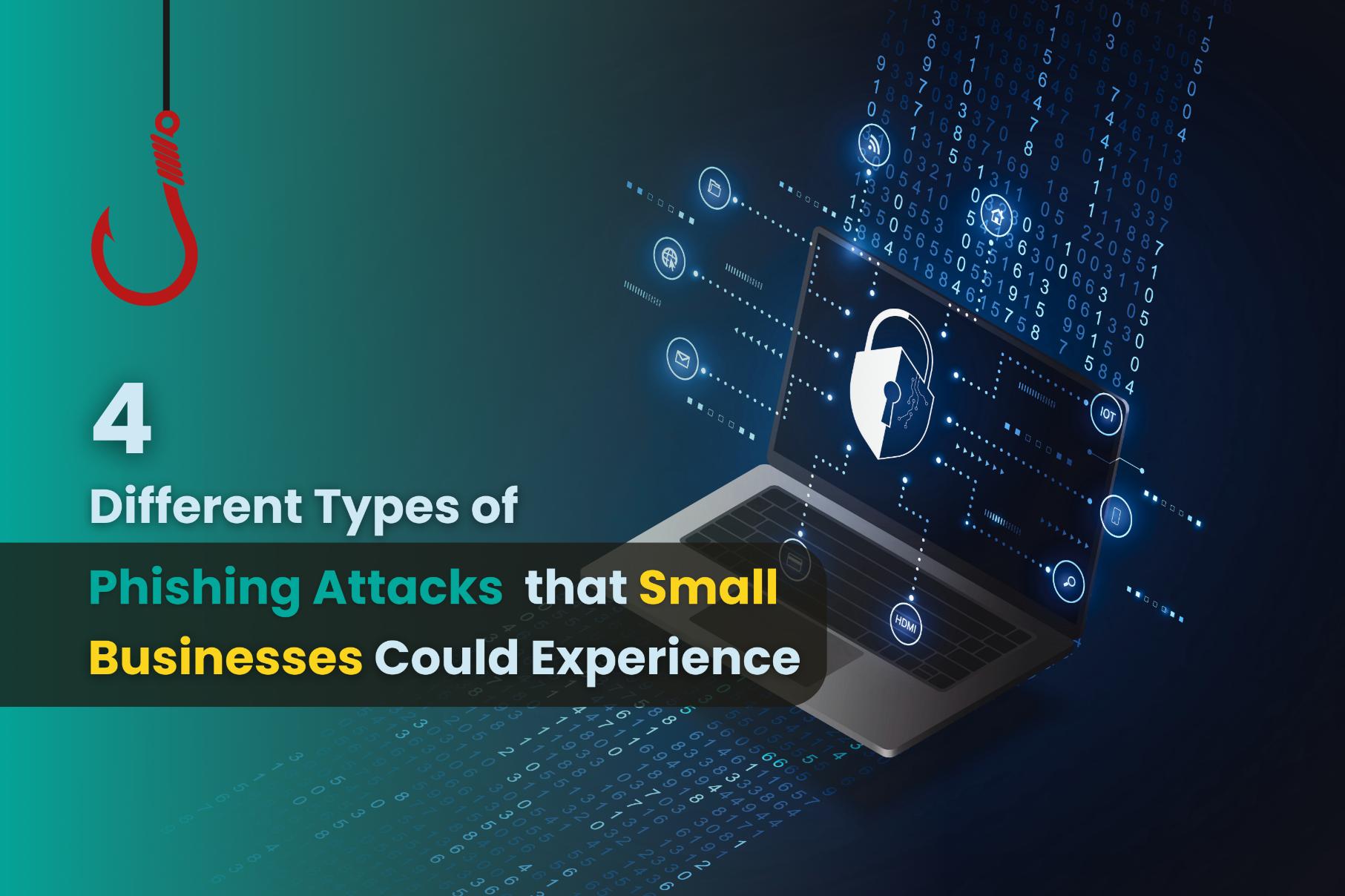Parents vs Teachers: How to Work Together to Help School-Going Children’s Studies During the Pandemic
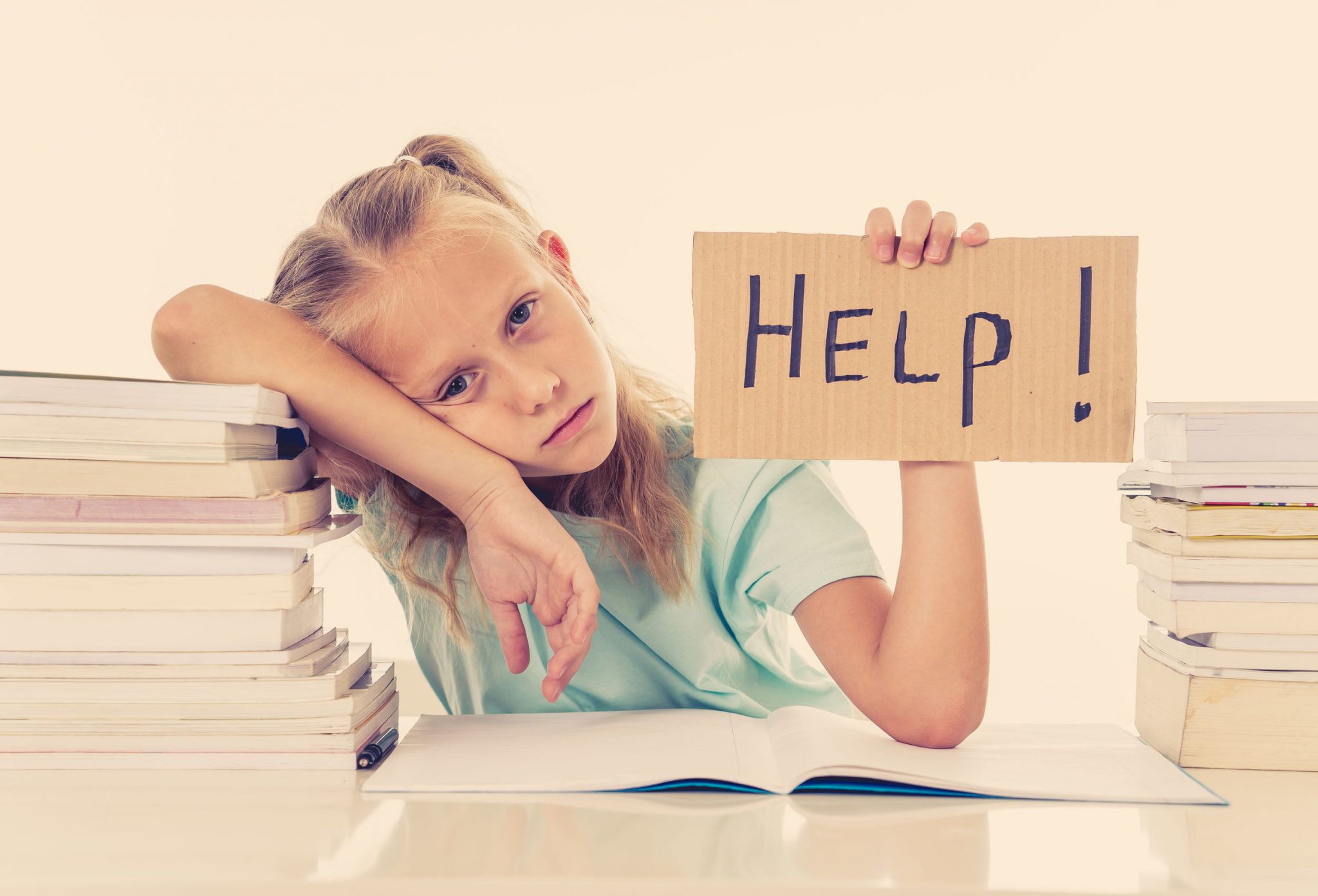
by Celeste Goh
- 1 in 5 parents feel their children have lost interest in school due to e-learning
- Teachers now rely on completely new teaching and engagement methods due to the shift
- Parent’s emotions during lockdown can either positively or negatively affect a child’s learning ability
2020 has been a tough year for everyone, including the school-going children, who had to get used to taking their classes online, overloading themselves with screen time that they used to go to to relax and spend time not thinking about school.
While the world may have approached the start of 2021 with a hopeful note, with news of the Covid-19 vaccinations made available all across the world, the positive tone in Malaysia quickly dwindled, when the country announced its second 14-day Movement Control Order (MCO) to begin on January 13. This, of course, sprouted concerns among individuals of the education sector, as at this point, only those partaking major examinations, such as Sijil Pelajaran Malaysia (SPM), Sijil Tinggi Persekolahan Malaysia (STPM) and international examinations of equivalence are allowed back to some semblance of normalcy, when school opens on January 20.
In the digital age, where attention span is getting shorter and shorter, it is no surprise, when BFM has reported that through a study commissioned by UNICEF and UNFPA, “nearly 1 in 5 parents have reported that their children have lost interest in school.” Meanwhile, UNICEF has also stated that “while more than 90% of the countries in the world have adopted digital and/or broadcast remote learning policies, more than 1 billion children are at risk of falling behind due to school closures aimed at containing the spread of Covid-19.”
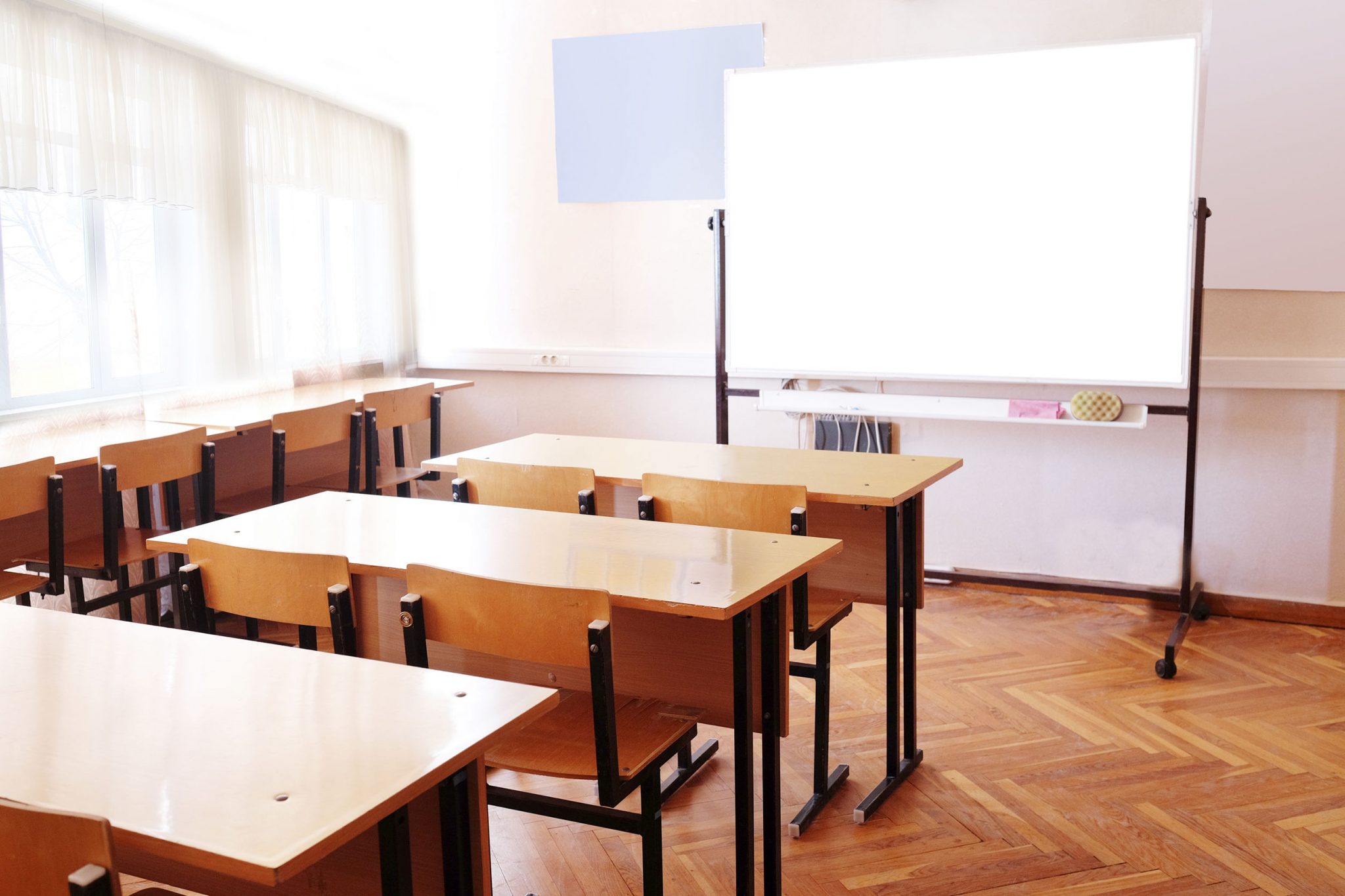
“When the pandemic happened, one of the biggest challenges for me was connecting with my students,” shares Kak Sarah, a part-time private tutor who has been teaching high schoolers English and History for close to 10 years. “As a teacher, when you come into a class, you can always tell which student is resistant and which student cares, which student wants to be there, or is forced to be there. It’s very hard to do that, when you have a screen in between.”
Parenting and Teachers’ Trainer and Headmaster at Annie and Me Tuition Center, Teacher Kean also comments: “For a child to have meaningful progress in their academics and in their behaviour, they need to want the improvement themselves. It’s not easy if the child is not motivated towards the improvement, and that’s where I think parents still have a very important role to play.”
After almost a year of online learning, and throwing the entire education system into the deep end to either sink or swim, we turn to Teacher Kean and Kak Sarah to learn more about the trials and tribulations they have been through last year, and how parents and teachers can work together to help the school-going children tackle their studies better going forward.

1. Embrace the Advantages of the Virtual World
The current pandemic is widely compared to the last pandemic that handicapped the world back in 1918, and we can only imagine how school-going children of yesteryear got by with the Spanish Flu right at their doorsteps, while at the same time, recovering from the First World War that just ended. While “teachers probably sent reading assignments home, but schoolwork was minimal,” students back then took charge of their learning by “reading the few books they had, keeping journals, and writing detailed letters.”
One of the few fortunate things we can be grateful for, as the Covid-19 pandemic takes place during the digital age, is the advantages that we are armed with the invention of the Internet way back in the 1960s. While there have been school closures across 188 countries around the world since April last year, school is still pretty much in session, albeit the few notable changes in platforms.
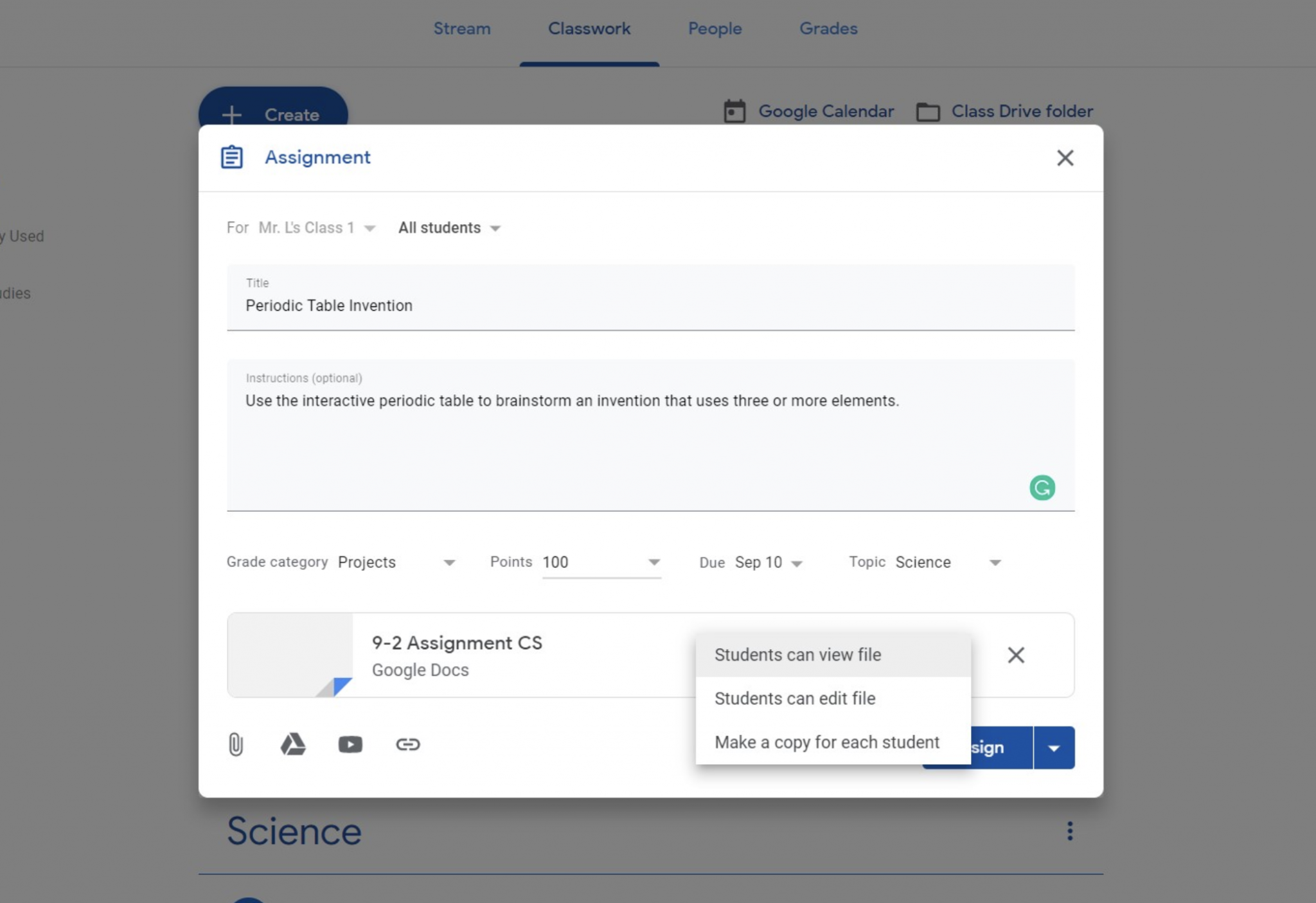
“Maybe I’m not able to teach the way I want to, but in the past year, I have been able to show the kids a million videos, a million pictures, and a million definitions,” says Kak Sarah, who has been relying on the convenience of Google search on the Internet and YouTube to provide context during her classes. “We need to understand that we need to use technology to our strengths, rather than see it as a hindrance.”
Kak Sarah has also found the virtual whiteboard on Zoom and Google Classroom useful in keeping her students accountable for what they have learned. Meanwhile, Teacher Kean swears by Kahoot that has helped him in keeping his students on their toes during online classes: “Say you know that at some point of the lesson, the energy level of the students is going to be a bit lower, it is a great time to give them a Kahoot. Everyone will get in to fight for points, and everyone gets pumped up again. Especially effective for older students, they will be on their toes, and they will be motivated.”
Not only that, mobile apps like Scannable, CamScanner, Genius Scan and FineScanner, have proved useful to her in arming her students with reading materials they may not have at hand: “They can study, and get updated everywhere they go. So, that is a plus.”
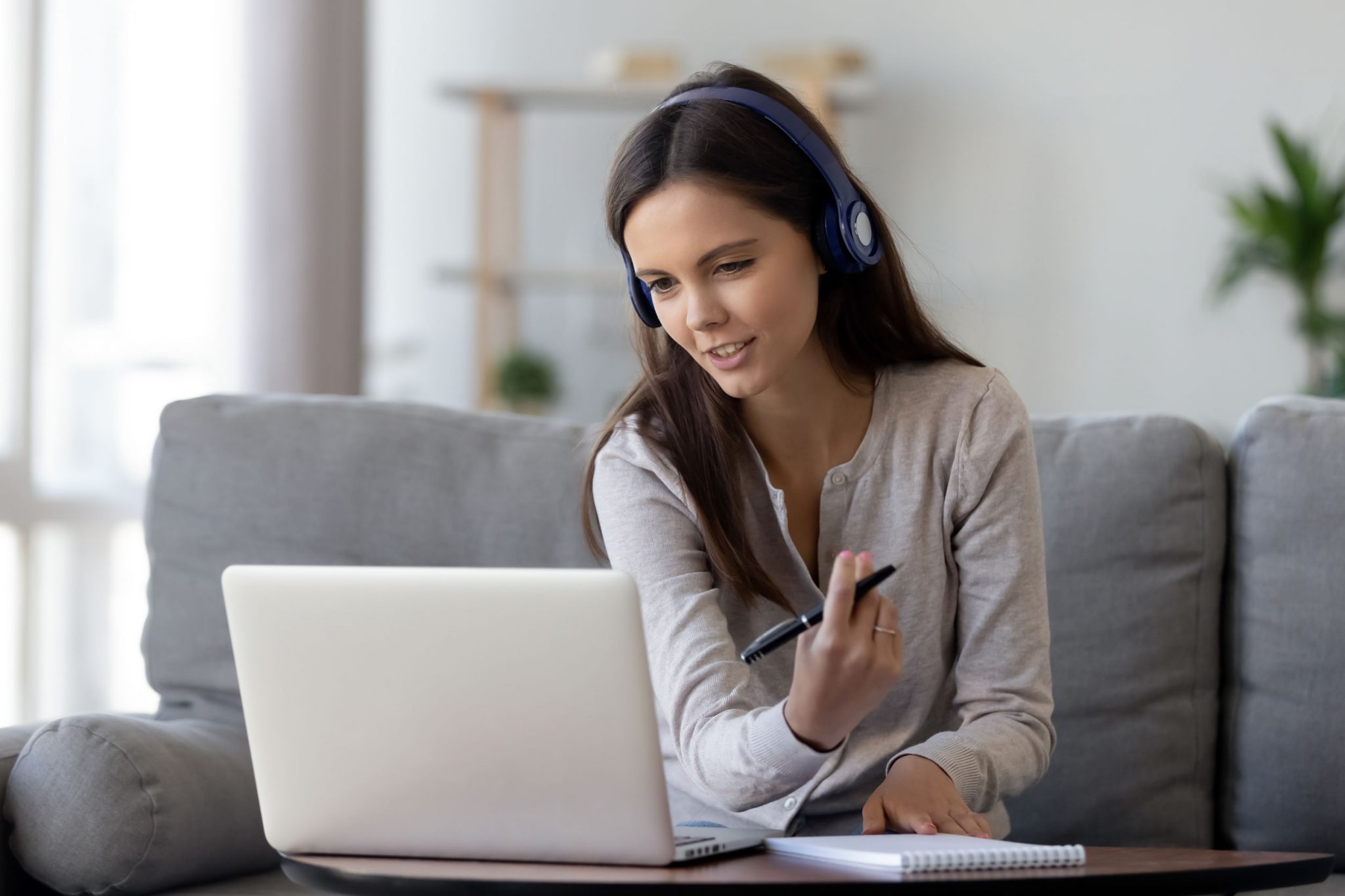
“Although I’m not able to see them physically, I make up for it by providing them a lot more ways to engage with me,” she adds. “When kids answer questions, but when they get it wrong, or they didn’t exactly get it right, they want to improve, and you want to show them how. I can do that instantly with these virtual tools available.”
However, Kak Sarah has shared that there are some parents, who are very resistant to the idea of virtual learning, or alternative ways to provide information to the students, as the parents feel that it is not the “right way” to study: “We all come from this Asian community, so we are familiar with a very specific way of studying: you sit at the table, you study for two hours, and then you will somehow get it!”
She has also mentioned that while some parents insisted on physical classes, “because they believe that their child will only be able to thrive if they have physical classes,” and as it is not possible due to the Movement Control Order (MCO) and safety reasons, some parents decided to take their children out of her classes instead, because the parents do not think the classes serve any purpose anymore.
“It’s hard to explain to parents the difference between doing it for the sake of academic excellence, and doing it for the sake of gaining actual knowledge,” Kak Sarah says. “While I do believe for some students, physical classes are important, but we should also figure out how we can make virtual learning – and in essence, the child’s education – as accessible as possible.”
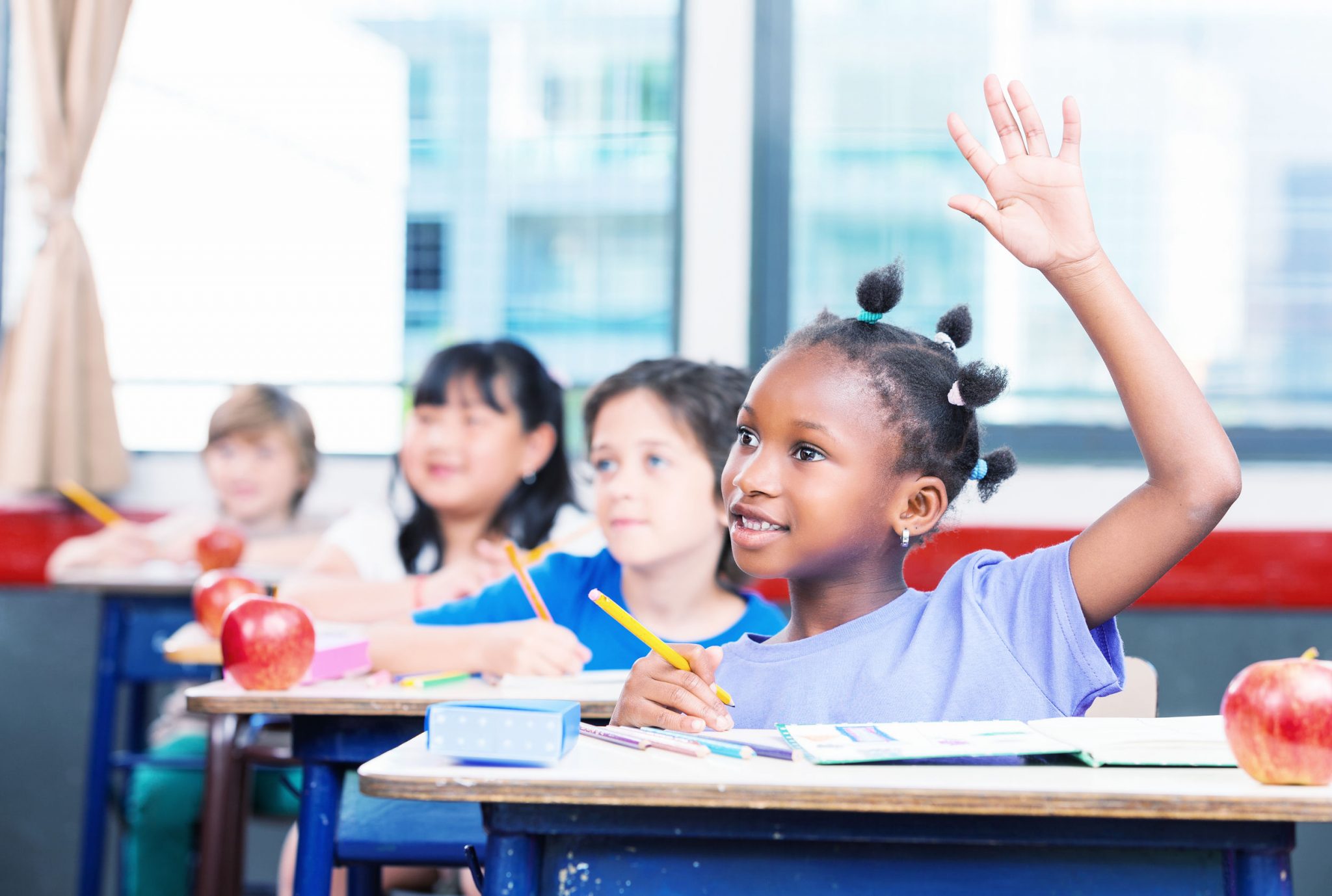
2. Find New Ways to Hold the Children’s Engagement
When the pandemic hit almost a year ago, and countries began to impose lockdown restrictions, which has shut down schools and shifted classes online, it has not only been an impossible shift for the school-going children, but also a big shift for the teachers as well, for it is impossible to teach the same way as they would in school, and translate it blindly onto e-learning classes.
“I really had to reassess how I engage with my students, because the reality is that we’re not going to be able to engage with all of them. It’s one part work, one part wanting to engage with them, and another part, they need to meet us in the middle as well,” Kak Sarah says. “There will be students who cannot engage at all, and there will be students, who’d want to, but are easily bored.”
Kak Sarah and Teacher Kean both believe that insisting on their students to turn on their web cameras work wonders. The latter says: “Tasks are only meaningful if they are observable. People wouldn’t do their task properly, if they know that you can’t see them.”
On top of that, Teacher Kean advises teachers to increase the engagement ratio in teaching by fostering the “engineering mindset”, one that provides “the culture, measurements, feedback, planning skills, tools and values to see problems as opportunities in solving those problems.”
He explains: “Whether it’s the limited contact hours teachers have with their students, or the limited time parents have with their children because of work, we have gotten used to accepting ‘I don’t know’ or ‘I give up’ as replies to questions, and proceed to throw the answers to them, because we just don’t have the time to go in-depth – This is very harmful in the long run, and it fosters a lot of bad habits.”
“The best way to keep your students on their toes through an online class, is to swap the teaching ratio around: get them to teach you back what you have just taught them, and do it randomly,” Teacher Kean continues. “As a result, they will be more engaged in what you’re teaching them, because they know they have to repeat the answer back. Over time, this will harness them with a problem-solving attitude.”
Whereas on the other end of the spectrum, to play off the engineering mindset lessons, Teacher Kean advises parents to instill mindfulness into their children at a young age, as well as practise it themselves: “In this digital age, we are so used to instant gratification with our devices as well as social media; we can get results immediately without putting in the work.”
He adds: “Gone were the days when we recognised the value of hard work. For the older generations, they recognise the value of delayed gratification, or in other words, the sacrifice. I am doing something I don’t particularly like today, for the promise of a better tomorrow. Now, children do not get this concept anymore, because everything is just a click away; they don’t have to put their back into it.”
Hence, it is not a natural human survival skill that parents pass on to their children, for most adults do not know it is possible to control their own minds and their own emotions. Teacher Kean stresses that mindfulness will benefit children immensely, for they are then able to recognise unhelpful thoughts, or if they are losing focus through daydreaming.
“You can have the best materials and the best syllables in the world, being taught by the best teachers in the world, but it all won’t mean a thing, if your child is somewhere else 1,000 miles away,” he says. “Mindfulness helps them self-regulate and self-correct, and to absorb the lessons better and more effectively.”
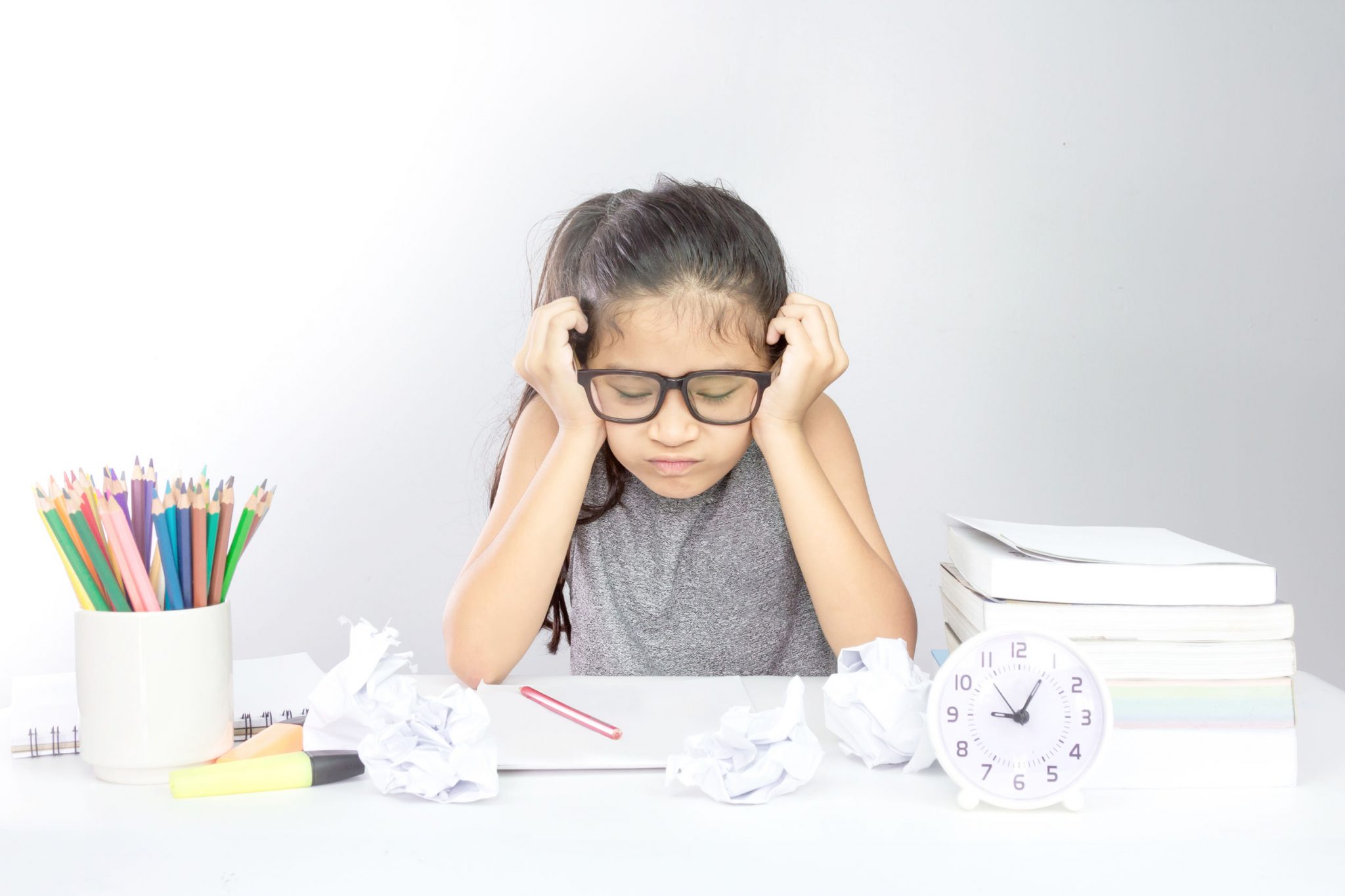
3. Regulate Your Own Emotions
In speaking about mindfulness, one of the most crucial aspects in surviving the lockdown for most parents and teachers, as Teacher Kean has found out, is looking after one’s mental wellness, which may be difficult at a time when emotions are running high.
He says: “Parents and teachers are feeling a lot of negative emotions from being stuck at home, and we need to learn how to regulate our own emotions despite it all. Otherwise, when you are teaching or parenting, some of that negativity is definitely going to taint your mindset and your language with the children, and you don’t want that.”
“There are many mechanisms for you to sort out your negative emotions, but your children are not one of them,” he adds.
While the best type of correction for teachers when faced with disruptive students is self-correction, in which a few of threatening glares would instill some form of guilt for the student to feel the need to compensate for their own errors, Teacher Kean mentions that such tactic has gone out the window when classes have gone online.

“Many teachers new to e-learning have made the big mistake of raising their voices in online classes. This, as you can imagine, is entirely ineffective, because no one is scared of you through the camera,” he says. “Not only that, other students will very quickly become demotivated, when they see you losing your cool, and the disruptive student is still being disruptive.”
Instead, he advises teachers to move straight to the correction or consequences with these students: “Don’t lose your cool during an online class, and don’t threaten unnecessarily; but punish them straight away, and put them on a timeout for consequence, because they have broken the rules.”
Meanwhile, one way for parents to help their children stop disrupting in classes – online or offline, is to instead look inward on themselves, and regulate their own emotions instead.
“Children learn their problem solving and survival skills from their parents. They are a reflection of their parents,” Teacher Kean comments. “I have seen a very clear pattern: disruptive or negatively behaved students frequently have parents, who are anxious or depressed. While on the other hand, successful and happier children, they tend to have parents who are more stable and emotionally adjusted.”
He adds: “So, if the parents are emotionally unstable, or if they’re unhappy for any reason, the children are going to learn the same skills from them – that’s the reality of the matter.”
Since the pandemic, Teacher Kean mentions that the number one complaint he has received from parents is: “How do I handle the stress of needing to deal with my children, and working from home at the same time?”, as parents have been thrown into the impossible shift as well, juggling between handling work and their children while stuck at home.
He muses that children are the same as they were 40 years ago, but it is the parents who are changing drastically. Nowadays, most households consist of dual-career parents, with little or no time to properly carry out their parenting roles with their children. Previous studies have shown that “83% of working mothers and 72% of working fathers experiences conflict between handling their job and family issues,” and “only few of them said that they can managed both roles simultaneously, while others found that they can be successful either at their workplace or at home, if they gave less attention on one of them.”
So, imagine the rock and a hard place parents were thrown into when lockdown restrictions were imposed!
Teacher Kean advises that one of the things parents can do to regulate their own emotions, is to: “slow down your thinking. While that sounds counterintuitive, it does give you the crucial one or two seconds not to react unbecomingly, when your children are somehow getting on your nerves.”
“That one, two seconds, don’t underestimate it. It is all the difference you need to deliberate and make a conscious decision, to either put work first in the meantime, or your children.”
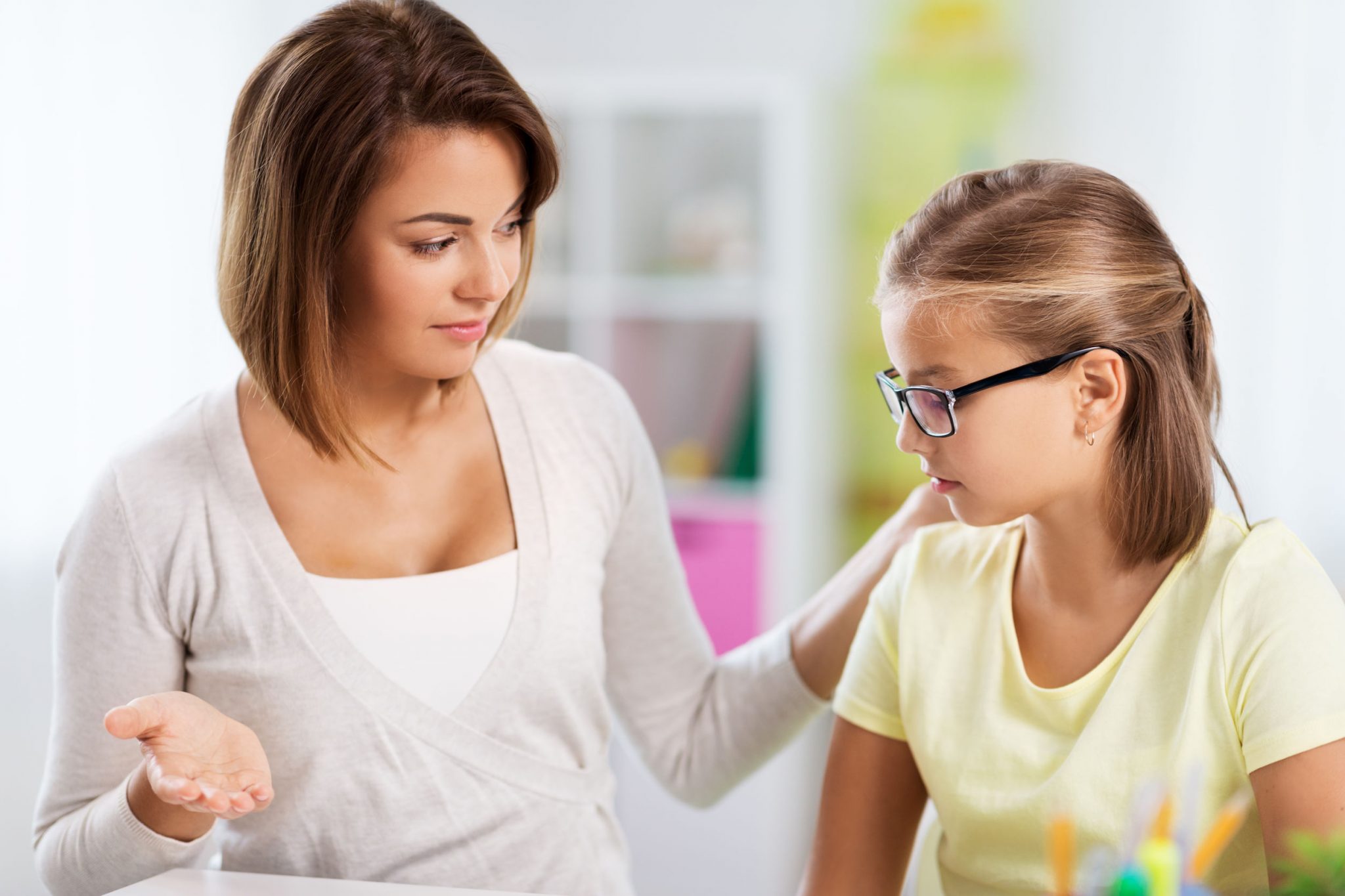
4. Check-in Regularly on the Children
While it is important for the grownups to check-in on their emotions, let’s not forget to do the same for the school-going children as well; like anyone living through the pandemic right now, they are facing their own form of struggles as well – not only academically, but also non-academically.
“A lot of the time, when we see the students, we don’t see them as human. They may have trouble engaging, or communicating, or understanding the lessons, and we need to be understanding towards their struggles,” shares Kak Sarah, who even before the pandemic, has been conducting “housekeeping” with her students before classes begin; so much so that one of her students has joked that her parents not only pay Kak Sarah to teach her, but also be her therapist.
“I think it’s important for teachers to do check-ins with their students individually, should they have the opportunity to, so to provide them with whatever materials that they might need to catch up in their own ways,” she adds.
While Kak Sarah doesn’t think that it is a must for all teachers, especially those in public schools with close to 40 students in one class, it is also important to check-in with them on things that are beyond school.
“If they’re not in the right frame of mind, all of the things that they are feeling, and all the things that they’re telling us (or not telling us), actually affects their studying time,” she says. “I’ve always been a teacher that I care for my students; not only for them to excel academically, but I also care about their well being, because I know the importance of our mental health.”
According to Kak Sarah, parents should also do their bit at home in checking-in with their school-going children; if not for their mental wellbeing, at least for their progress in school.
It boils down to the educational culture the country has gotten used to, in which a lot of parents believe that whatever that’s happening in school is not enough, and therefore, students need to have additional classes in order to catch up with school; hours upon hours of “just in case” classes after school, if you may, where it will be a surefire for them to excel in their studies.
Kak Sarah shares: “There are some parents, who think private tutors after school are miracle workers; we are not. If they have so many classes jam packed after school, with no space for them to breathe, or actual time for them to revise what they have learned, then our classes are actually not helpful.”
“It’s something a lot of parents don’t do: they don’t check-in with their children about what they need,” she continues. “You can give them all the books in the world, but the books are never going to open, if you don’t ask them what’s wrong. Most of the time, it isn’t because they are resistant or lazy; most of the time, it’s actually because they aren’t able to connect with the subject. Because of that, they aren’t able to make their way around the subject, and excel in it.”
“Rather than seeing additional tuition classes as an endpoint to achieve excellence in their studies, switching from one tutor to another every six months, we have to find out what they need to properly study and understand the school subjects at hand,” she concludes.

